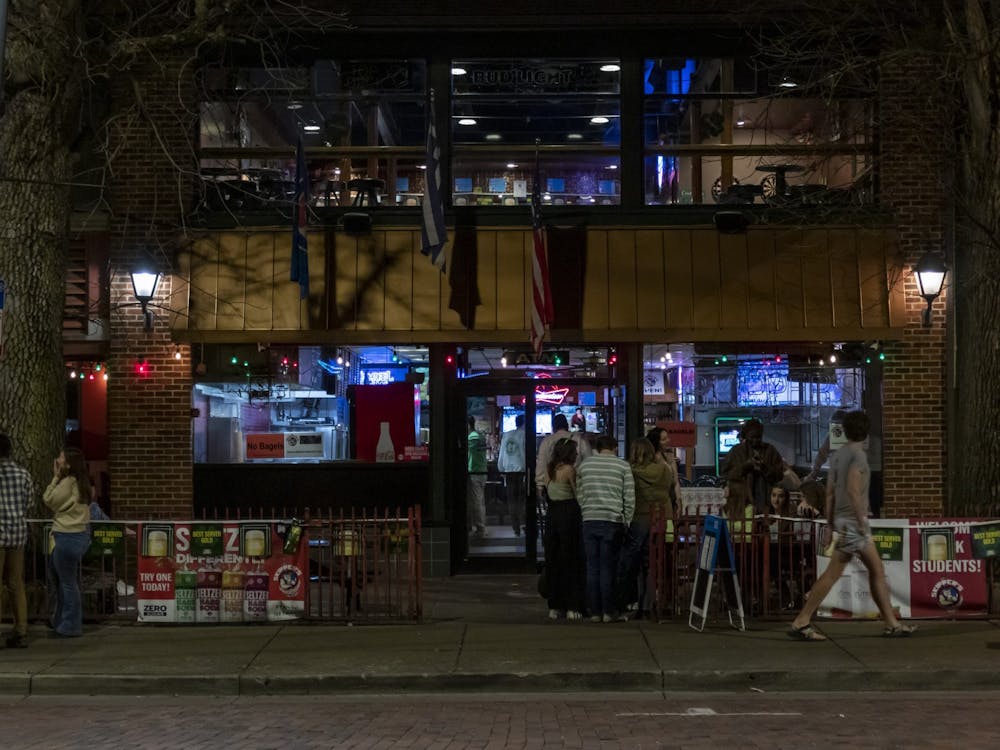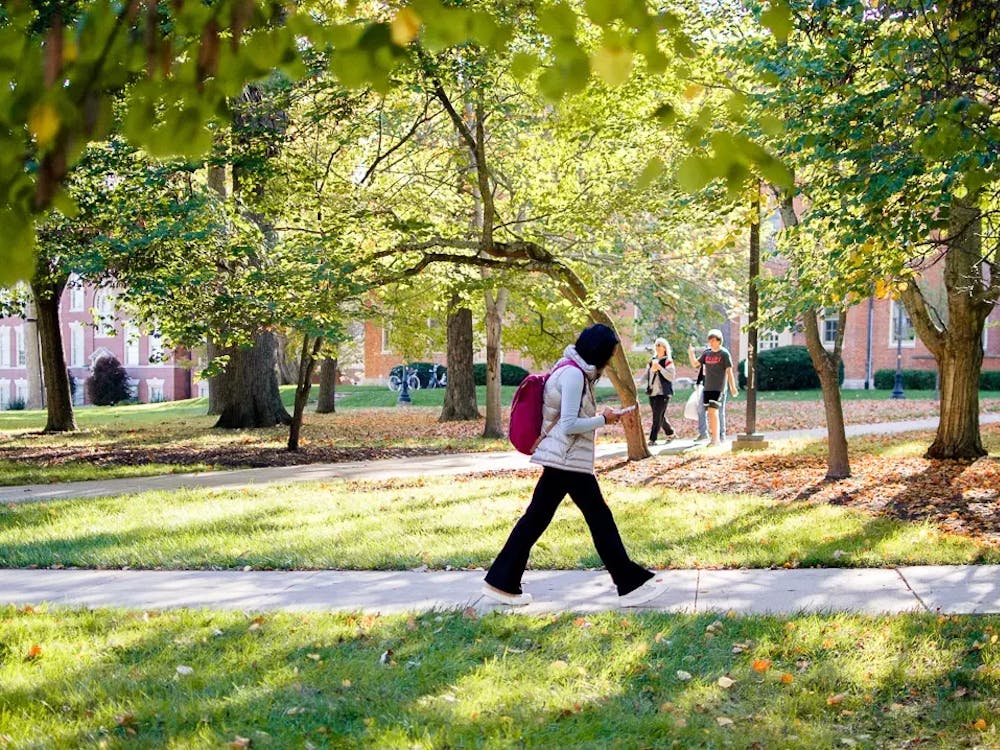The following reflects the majority opinion of the Editorial Board.
We all know Miami has a reputation — Harvard of the Midwest, J. Crew U and other monikers you might associate with preppy white kids.
That reputation occasionally comes back to bite Miami in the ass.
We’ve heard our school talk about diversity in other contexts, but economic diversity is another area where we are lacking — big time.
A lot of what is wrong with Miami’s economic diversity can be seen in National Center for Education Statistics (NCES) Pell Grant data. Out of all the students who were admitted to Miami for the 2018-2019 school year, a mere 13% received Pell Grants. At Bowling Green State University, 32% received grants, which is much closer to the national average of 40%.
There’s a reason we can tell a lot just by a little Pell Grant data. A Pell Grant is essentially a loan from the government that a student doesn’t have to pay back. It’s reserved for students who genuinely need the extra help to pay for school, and other scholarships from the institution they attend are commonly added to it.
So, the fact that only 13% of Miami students received grants means we are not admitting a lot of students who come from low-income families. This also means that not a lot of people from those communities are even applying here.
According to a New York Times study published in 2017, we come in third place for public universities with the highest percentage of students whose families are in the top 1% income bracket. That list has 377 schools on it.
Yikes.
Look, it’s not like it’s a bad thing to have students who come from money. But, when you have a lack of balance between students from different economic backgrounds, that’s when you start to create an exclusive and problematic environment for students.
Take the Bridges program for example: a way to encourage and seek out potential students from underrepresented groups so they’ll want to apply to Miami. Sounds great, right?
Well, this program is pretty exclusive. You actually have to apply to just be in the program, before you can apply to the school through it. Plus, after these kids are brought to campus and attend lectures and activities that present a good environment for them, that’s it. There’s not much follow-up once they get here.
Enjoy what you're reading?
Signup for our newsletter
We need follow-through — it’s not enough to show them what Miami could be if we had a greater and more diverse community centered around diverse values. There needs to be ongoing support and inclusivity efforts for underrepresented groups at our school.
Especially now, when we’re in a pandemic that has affected the income of so many households, our students with less economic privilege need support now more than ever.
And saying there’s just no room in the budget for it is a sorry excuse for not having a solid solution.
There are kids here who go to their ski houses in the mountains over winter break, and there are others who return to apartment buildings and pick up shifts to earn money. The Miami stereotype perpetuates itself, so that the first kid becomes the expected and the second kid, the exception.
As students, it’s also on us to recognize this issue and do what we can to bridge the gap. We have a culture here centered around being able to afford things like sorority or fraternity dues, drinks at bars and clothes with expensive logos. But the way we approach “student life” alienates a lot of students.
We need to stop doing things just because we’re comfortable with the routine of it all and start doing things that will strengthen our community. And that means making serious efforts in the direction of diversity.
We’d like to see administrators going to more high schools in lower-income districts. And we’d also like to see diversity on our campus in multiple forms and not just ones the PR department thinks look nice on a pamphlet.
We want change. We want representation. We want better support. We want to make Miami a more equitable place, in every way.



